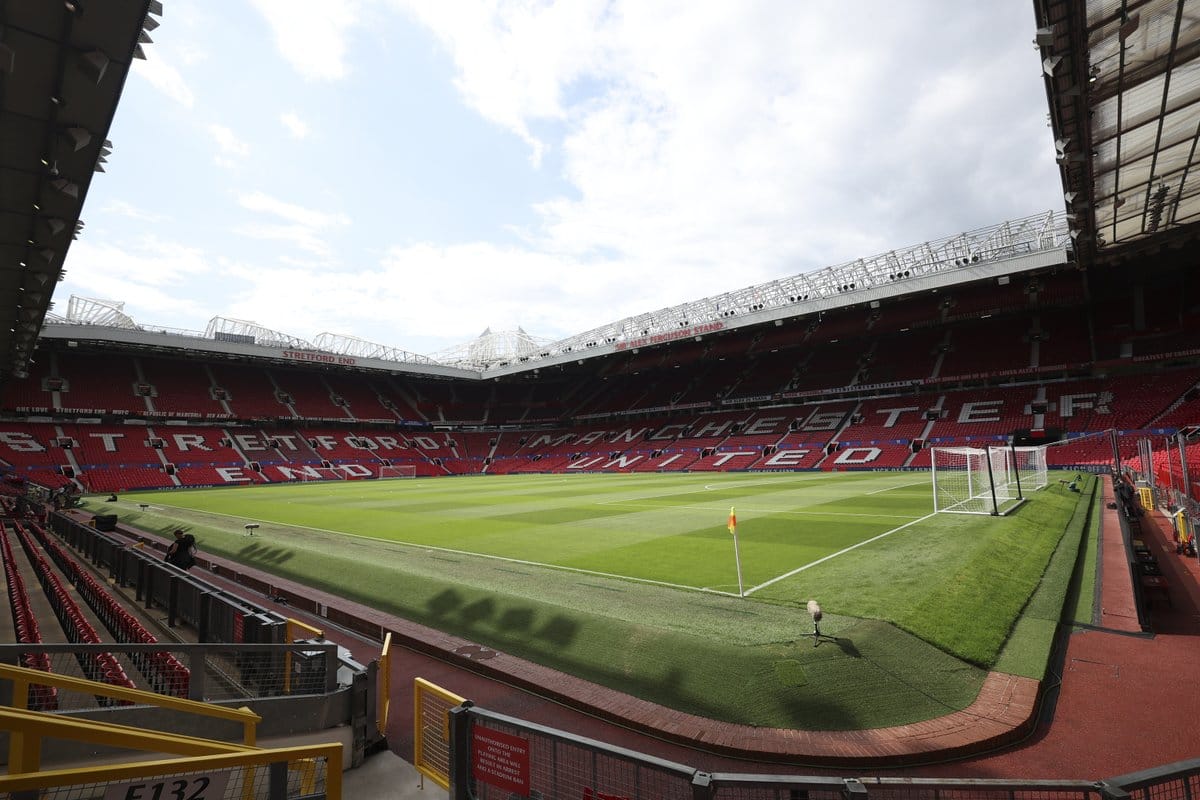(Motorsports news) Drivers in Formula 1 can be penalized for failing to observe the FIA’s rules, just like in any other sport. However, it is not uncommon for drivers to get oddly hefty penalties that don’t always make sense, such as the infamous 65-grid penalty Stoffel Vandoorne received in Spa in 2017. F1 is a difficult style of motorsport, and penalties can be perplexing to spectators due to its technicality. Why are there many types of penalties?
What are F1 penalties?
There are a range of F1 penalties, depending on the severity of the driver’s or team’s action.
Warnings:
Begin with warnings, which are the least severe punishments a motorist can receive. A driver, for example, receives a warning if he or she breaches track limitations during a race. They face a time penalty after receiving a number of warnings.
Reprimands:
Meanwhile, drivers are only allowed four reprimands every season, and the fifth one results in a 10-place grid penalty. A reprimand is akin to a warning; for example, Sebastian Vettel earned one for a non-sporting offense at the 2021 Hungarian Grand Prix when he wore a ‘Same Love’ shirt. Meanwhile, Yuki Tsunoda received his sixth penalty of the season for a sporting offense when he drove to the pits at Zandvoort with unsecured seatbelts, creating a serious safety concern, resulting in a 10-place grid reduction for the next race in Italy.
Time Penalties:
When the drivers pit and the crew are unable to work on the car before the penalty expires, a time penalty is imposed. If they do not pit again before the race is through, the penalty is added to their time. Drivers are penalized for a variety of reasons.
Esteban Ocon was handed with three time penalties in the 2023 season opener in Bahrain. He was penalized five seconds for having his right front tyre outside the starting box before lights out, then another ten seconds because one of the mechanics began working on the car 4.6 seconds into the first penalty, and another five seconds for exceeding the pit lane speed limit by 0.1km/h.
Drive-through Penalty:
Drivers may incur a drive-through penalty, in which case they must drive through the pitlane and rejoin the race. In other cases, they receive a 10-second stop-and-go penalty, in which they pit, wait 10 seconds, do no work on the car, and rejoin the race.
Grid Penalties:
Grid penalties are commonly imposed when drivers replace engine components more frequently than allowed. Charles Leclerc felt the sting as he earned a 10-grid penalty for having his control electronics changed twice already this season, despite the fact that only two are authorized for the entire season. As a result, after qualifying second, he had to drop further ten places and start the race in 12th place.
Disqualification:
Disqualification is a more severe penalty imposed when a motorist commits a serious offense. For example, Sebastian Vettel was banned from the 2021 Hungarian Grand Prix after finishing second because Aston Martin refused to provide the needed fuel sample after the race, preventing the FIA from determining if his car was running legal gasoline.
Suspension:
The most severe penalty a driver may receive, and it only occurs in extreme cases, is suspension from a number of races. Only six drivers have been suspended in the last 40 years, with Romain Grosjean being the most recent. The Frenchman received a race ban for the 2012 Italian GP after causing several crashes that season, peaking at Spa when he rushed into Lewis Hamilton, missed a braking spot, and took out multiple drivers.
Also read: “Joke” F1 track constraints have added to Qatar GP troubles, according to Perez














